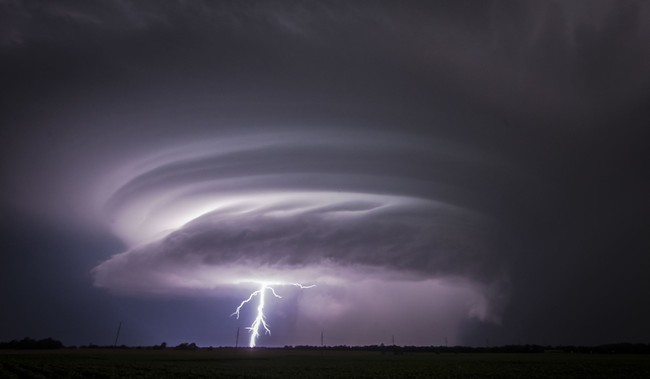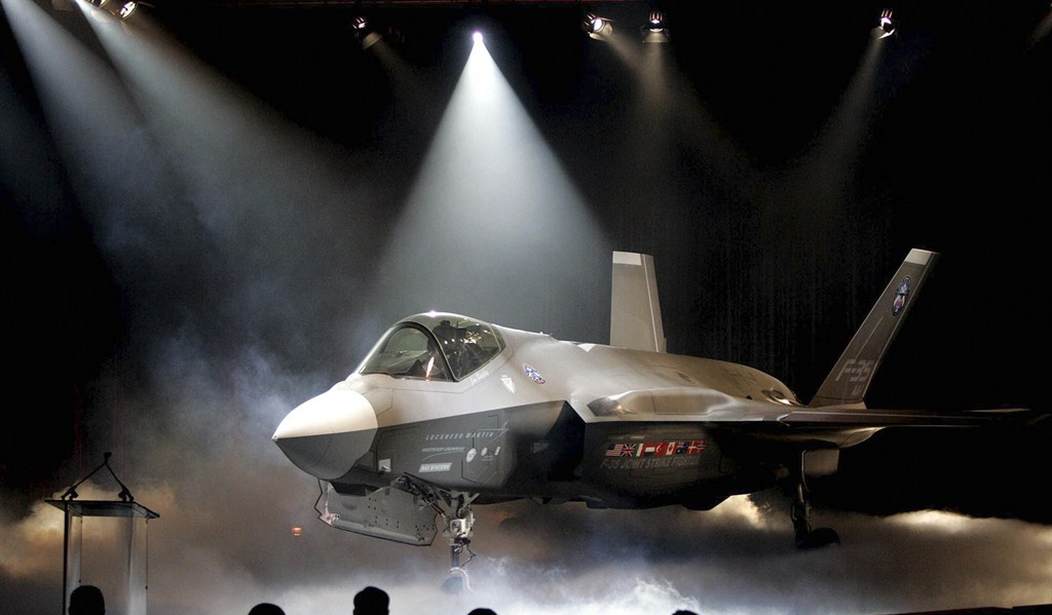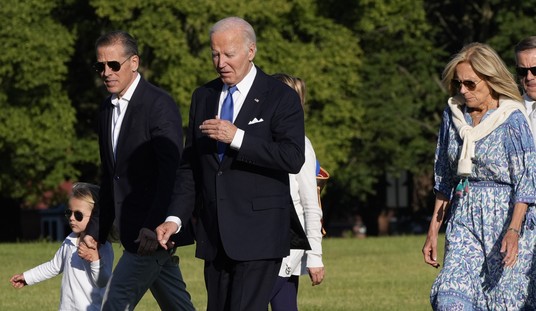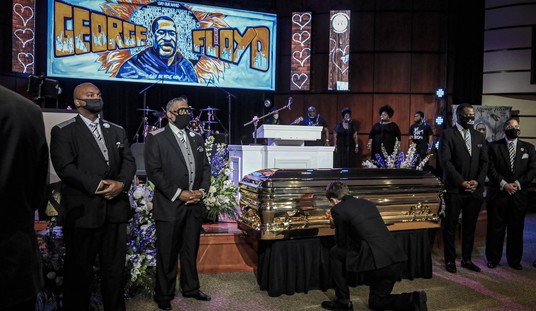Marines continue to struggle with their new F-35B Lightning II fighter jets, two months after the general public was asked to help find one of them that went on flying without its pilot—and now, Bloomberg reported that all four of the F-35B’s delivered to Marine Corps Air Station Cherry Point, North Carolina have deficiencies.
The Pentagon’s F-35 program office said it is working with the contractor and with Lockheed to “constantly monitor quality assurance and actively address every concern as identified.” The program office also is “working to understand and mitigate” Marine Corps concerns, according to the report.
All four jets arrived at the North Carolina unit in unblemished condition and flew 18 to 50 or more flight hours before the issues of concern emerged, said one the people familiar with quality matters.
Without commenting directly on the issues at the Cherry Point unit, the company said in a statement that it is “committed to delivering quality products on time that enhance service members’ capabilities, enabling them to execute their mission and come home safely. Our aircraft delivery quality has continued to see improvement year over year. When a defect is identified, we apply our robust, standardized processes to determine and address root causes to avoid future issues.”
The North Carolina air base received the first of its F-35B in June, with the corps planning to stand up six squadrons of the $100-million-apiece-fighter with 10 planes each.
Of course, the price tag is all relative. The Army’s Abrams M1A1 tanks on their way to Ukraine cost $10 million each, but they do not fly. Still, having a full complement of F-35B’s at Cherry Point would mean $6 billion worth of aircraft standing by in the hangars.
After the Marines lost and found their F-35B in September, all aviators were ordered to turn off operations for a two-day safety standdown.
Of course, there was universal ridicule on social media, including a taunt by the first woman to graduate from the Citadel, Rep. Nancy Mace (R.-S.C.)—and the Chinese Communist Party.
We knew the F-35 was stealth, but this is ridiculous. https://t.co/L3m01p3z6X
— Rep. Nancy Mace (@RepNancyMace) September 18, 2023
After the news cycle died down and Americans’ attention went elsewhere, it came to light that the missing F-35B was found about 60 miles north of Charleston International Airport, but the circumstances of the incident are very troubling.
The pilot, assigned to the Marine Corps Air Station Beaufort, South Carolina-based Marine Fighter Attack Training Squadron 501, who parachuted into someone’s backyard, was auto-ejected from his aircraft at 1,000 feet and about a mile from the airport, presenting the spectacle of a fighter jet with a mind of its own, or worse, vulnerable to hackers directing pilots out of their cockpits in the middle of the fight.
In December 2022, a pilot had an equally frightening experience as he bounced the landing from a hover as the plane slowly spun on the ground, pivoting and grinding the nosecone into the hardball runway—he was ejected from the cockpit—presumably, it was not his choice either.
#Breaking New much clearer video, courtesy Kitt Wilder, of STOL variant F35 B model landing JRB Fort Worth, and pilot ejects. Condition of pilot still unknown. @CBSDFW pic.twitter.com/BeERIeyhtO
— Doug Dunbar (@cbs11doug) December 15, 2022
There has never been as star-crossed a large fighter jet program as the F-35, which makes it all the more remarkable that the Pentagon insists on driving on with it. There are approximately 450 F-35s in service, and the Defense Department plans to field 2,500 for a current price tag of $1.7 trillion.
Besides the planes ejecting their pilots regardless of the pilot wanting to stay in the cockpit, the fighter has been plagued with faulty helmets, balky oxygen systems that make pilots pass out in flight, and a raft of logistics and maintenance problems that have nothing to do with the aircraft, except for speaking to the difficulty to operate it at all.
Perhaps the most difficult to comprehend challenge facing the F-35 is the fact that because of the sensitivity of its Onboard Inert Gas Generation System, the fighter cannot fly within 25 miles of lightning—lest a charge in the air spark an explosion.

Yes, the fighter named in honor of World War II’s P-38 Lighting is--well, do I really have to say it?
The F-35 project is the most ambitious fighter jet program in Pentagon history because it is one weapons system platform but with three variants. The decades-long Joint Strike Fighter program created it, and the idea was to build out one plane that could be used by the Air Force, Navy, and Marines, achieving savings from the economies of scale and the shared parts and similar maintenance training.
Then, beyond having the single platform for American military aviators, the modified Lightning IIs would also be made available to NATO and other allies.
Over the years, there have been reports that Red China has secured F-35 technology from spies or Chinese suppliers working on the fighter jet's production.
It follows that if the ChiComs are interested, there is a good chance R. Hunter Biden presented himself as a helping hand.
As RedState reported, in 2015, when his father, Joseph R. Biden Jr., was vice president and his business partner Chris Heinz’s stepfather, John F. Kerry, was the secretary of state, Hunter’s BHR investment pool—backed by the Bank of China and other Chinese financial institutions, purchased the Auburn, Michigan-based Henniges Automotive.
Biden's BHR got a 51 percent share, and the Aviation Industry Corporation of China took a 49 percent position. Five years later, AVIC, China's largest aviation defense contractor, and its executives were put on the Treasury Department’s sanctions list because of its aggressive pursuit of American military technology.
What Henniges had was world-class sealing and anti-vibration parts and technology critical to protecting and stabilizing the sensitive component-laden F-35.
As the program developed, the Defense Department’s multicultural factionalism overwhelmed the goal of one plane for three services. The Air Force got its F-35A, the Navy got its aircraft carrier configured F-35C, and the Marines got their own unique configuration with the ability to hover.
Although the F-35B was born from the Pentagon’s JSF program, it is really the illegitimate son of the British Harriers.
During the 1982 Falklands, the Royal Air Force and Royal Navy captivated the world with their Harrier and Sea Harrier fighter jets that take off and land vertically—like a helicopter.
After two decades of counterinsurgency wars in Iraq and Afghanistan, where there were no opposing air forces, the US military is reorienting its aviation posture for the expected peer-to-peer conventional conflicts in Europe or Asia.
Given its legacy from the Harriers, the Marines may have stumbled into the right fighter for the new planning regime with the F-35B.
All the Marines have to do is figure out how to keep its pilots from being auto-ejected from their cockpits—and, maybe, how to fly in the rain.














Join the conversation as a VIP Member